The African Fat Tailed Gecko
-The Fat-tailed gecko is from the subfamily Eublepharinae. Members of this subfamily include the leopard gecko of Iran. This subfamily has clearly different characteristics from other geckos. They are terrestrial, nocturnal, have moveable eyelids, have vertical pupils, and no adhesive lamellae (sticky feet).
The Fat-tailed gecko is found in West Africa, from Senegal to Cameroon. Their habitat is dry and arid, although they will spend most of their time in a dark, humid hiding place. In captivity, it is important to provide these geckos with a source of humidity that mimics these conditions.
The Fat-tailed gecko will grow to be 8 to 10 inches. Females being 6 to 8 inches, and males being 8 to 10 inches. They will live 15 to 18 years. The normal colouring is brown and tan stripes, with a possible thin white stripe along the length of the back. The under belly is pale pink or off-white.
The Fat-tailed gecko is equipped with the natural defense of being able to lose their tails when attacked by a predator. The tail is also where they store their fat, an important energy reserve. If the tail is lost the new tail will look more similar to the head (fat and stubby), and may not match the coloration patterns of the body of the gecko. With its tail, an African fat tailed gecko can go days on end without food.
The Fat-tailed Gecko is medium-sized among geckos. It comes from the Sahara desert
-In the pet trade the African fat-tailed gecko has gained some popularity though is still not as popular of a pet lizard as the closely related Leopard Gecko. Unlike the Leopard Gecko these geckos tend to be more docile but do have a higher humidity requirement. Through selective breeding the reptile trade has been able to produce numerous color variations of the African fat-tailed gecko including tangerine, albino, patternless, white out, and aberrant fat-tails.
African Fat Tailed Gecko as Pets
-Fat tailed geckos reach a length of 8-10 inches.
-Habits:
Fat tailed geckos are nocturnal. They are usually quite docile though they can be shy. Never house males together.
-Appearance:
Fat tailed geckos show two main patterns -- one with a white stripe down back, and one without. They come in several colours, with dark and light brown being most common. The most notable feature is the large, thick tail (used for fat storage).
Tank for Fat Tailed Geckos:
A 10 gallon tank is probably sufficient for a single fat tailed gecko, but larger is better. Hides, logs, cork bark pieces, rocks, and plants can be provided.
-Substrate:
Orchid bark, cypress mulch, coconut fiber bedding, or peat moss can be used for a substrate and will help maintain humidity. Hides, logs, cork bark pieces, rocks, and plants should be provided for fat tailed geckos.
-Temperature and Humidity:
The daytime temperature gradient should be around 80-90 F (27-32 C) but can drop to 75-80 F (24-27 C) at night. Undertank heating is preferred, although a heat lamp (a nocturnal bulb works well) can be used as well if needed. No UV lighting is necessary. Humidity should be quite high (over 50%) and maintained by misting several times a week and providing a shallow water dish at all times. A humidity retreat is also a good idea (e.g. a small container with damp spaghum moss inside).
-Feeding Fat Tailed Geckos:
Fat tailed geckos can be fed primarily on crickets and mealworms, although adults can be offered the occasional superworm or waxworm. Prey should be always be gut loaded prior to feeding, and dusted with a vitamin supplement containing calcium. Adults can be fed every 2-3 day, and juveniels every 1-2 days. Provide a shallow dish with water as well.
African Fat Tailed Gecko Morphs
-Striped Whiteout
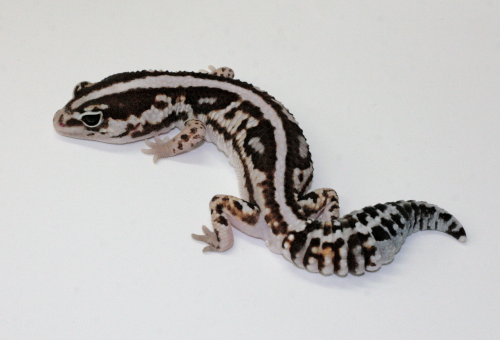
-Amel Zulu
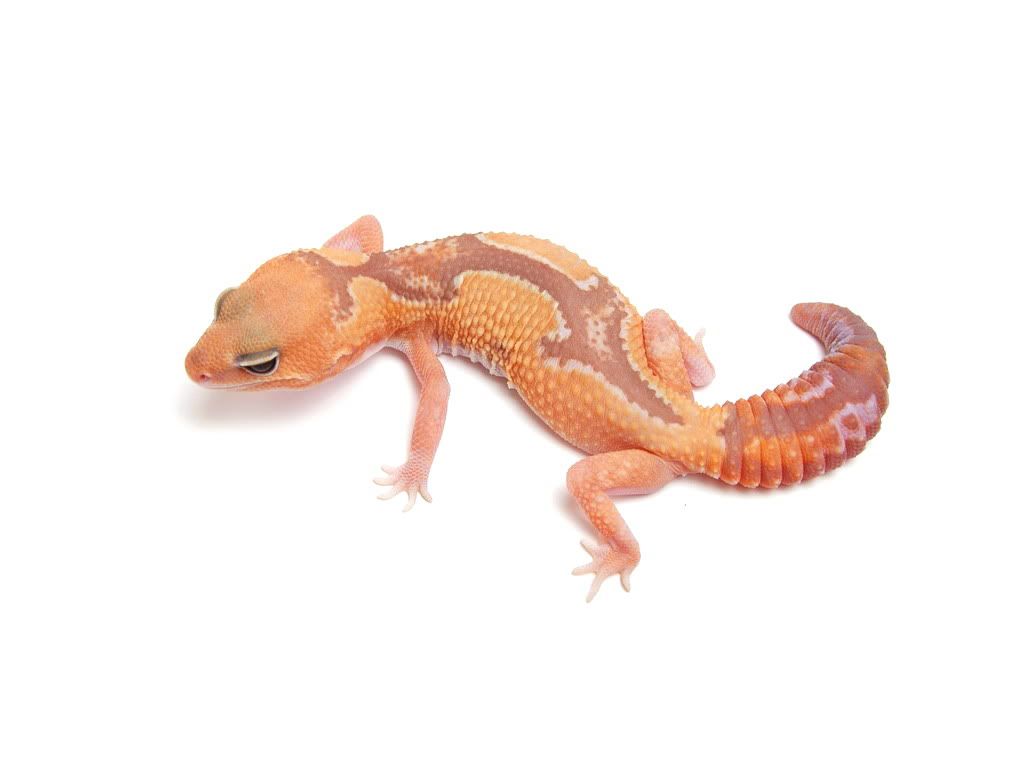
-Paternless Stripe
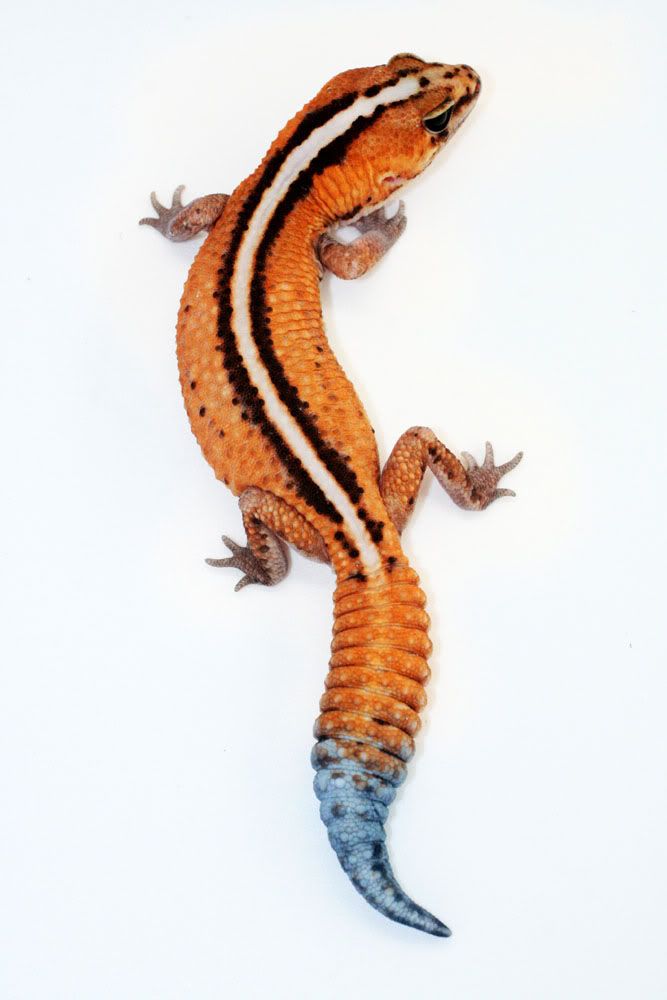
-Normal Striped
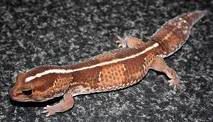
-Normal and Ghost African Fat Tailed Gecko
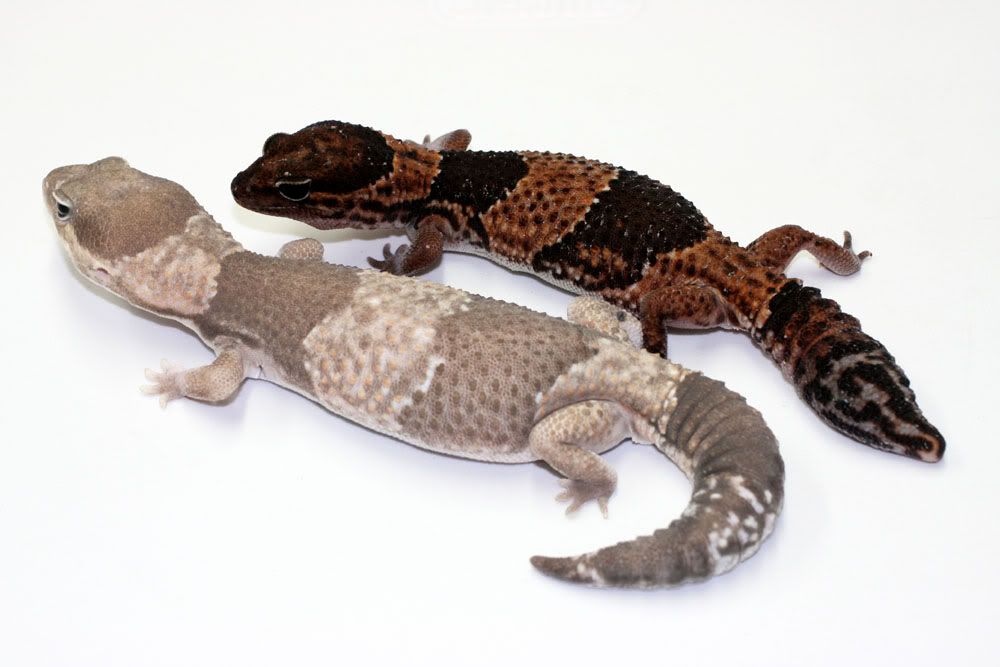
-Whiteout
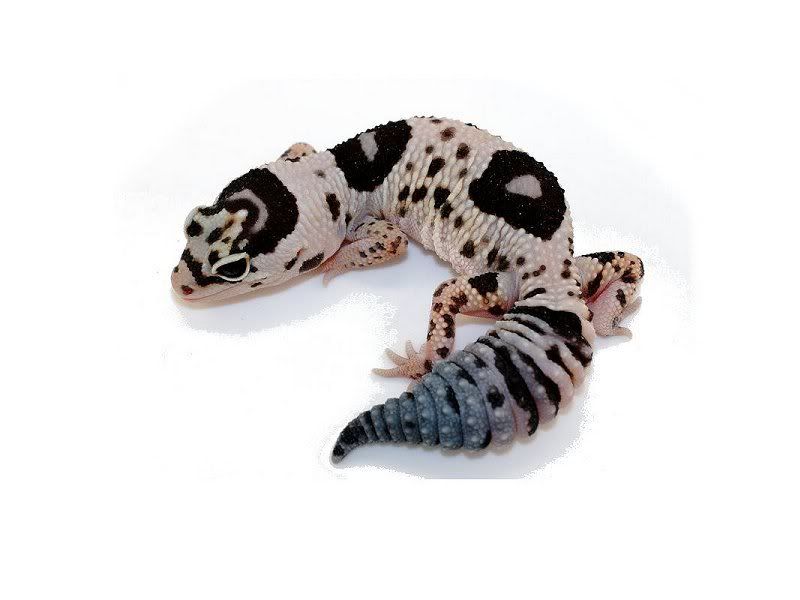
-Paternless
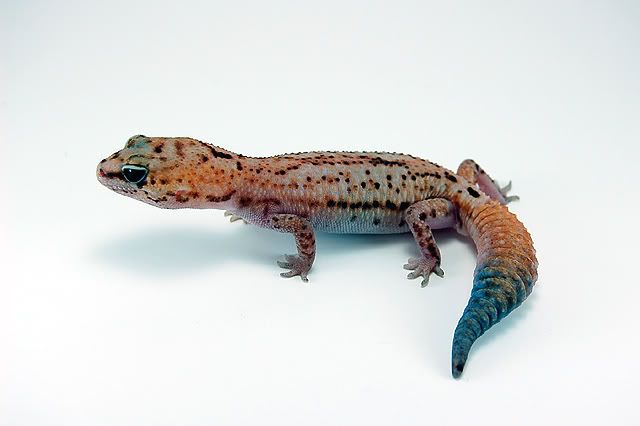
Results 1 to 10 of 93
Thread: African Fat Tailed Gecko Lovers
-
05-26-2011, 09:01 PM #1
 African Fat Tailed Gecko Lovers
African Fat Tailed Gecko Lovers
Last edited by blacktits; 05-26-2011 at 09:15 PM.
-
05-26-2011, 09:02 PM #2
 Re: African Fat Tailed Gecko Lovers
Re: African Fat Tailed Gecko Lovers
-Amel Striped
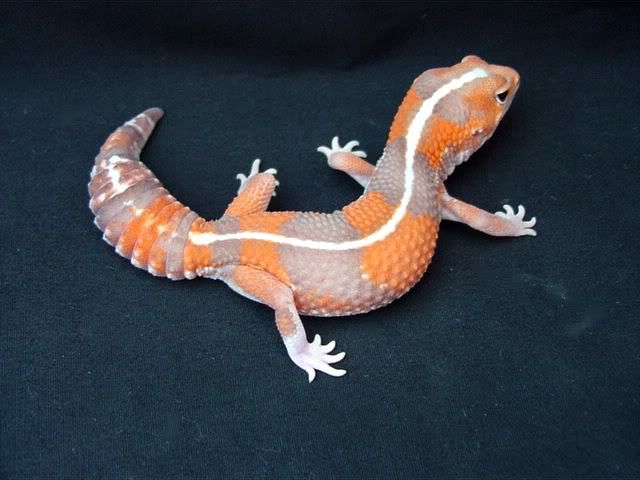
-Albino Striped
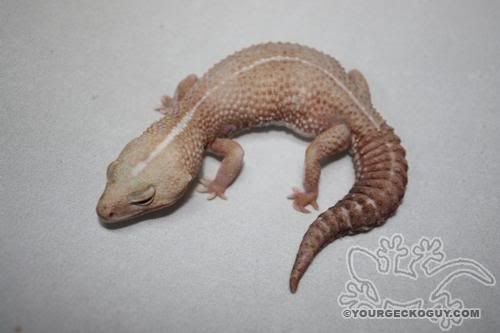
-Albino African Fat Tailed Gecko
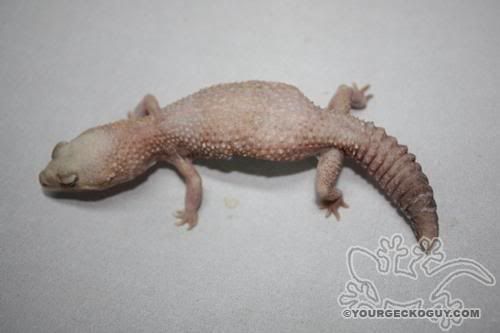
-Amel
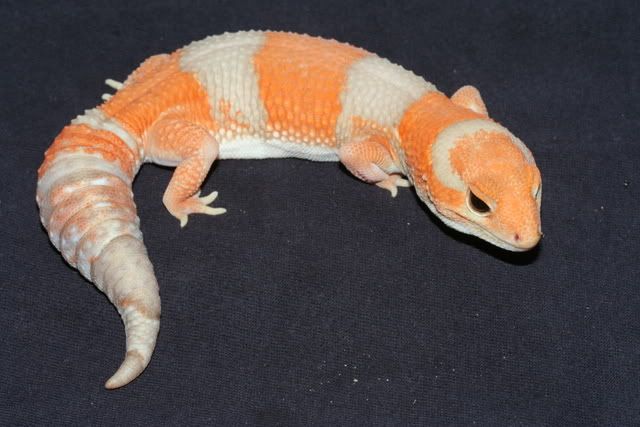
-Tangerine AFT
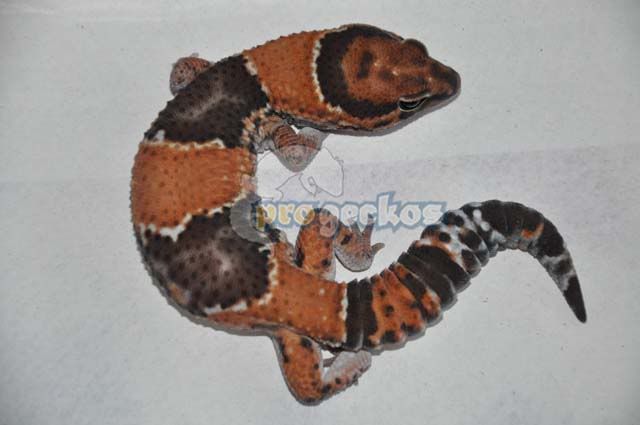
-Caramel Zulu
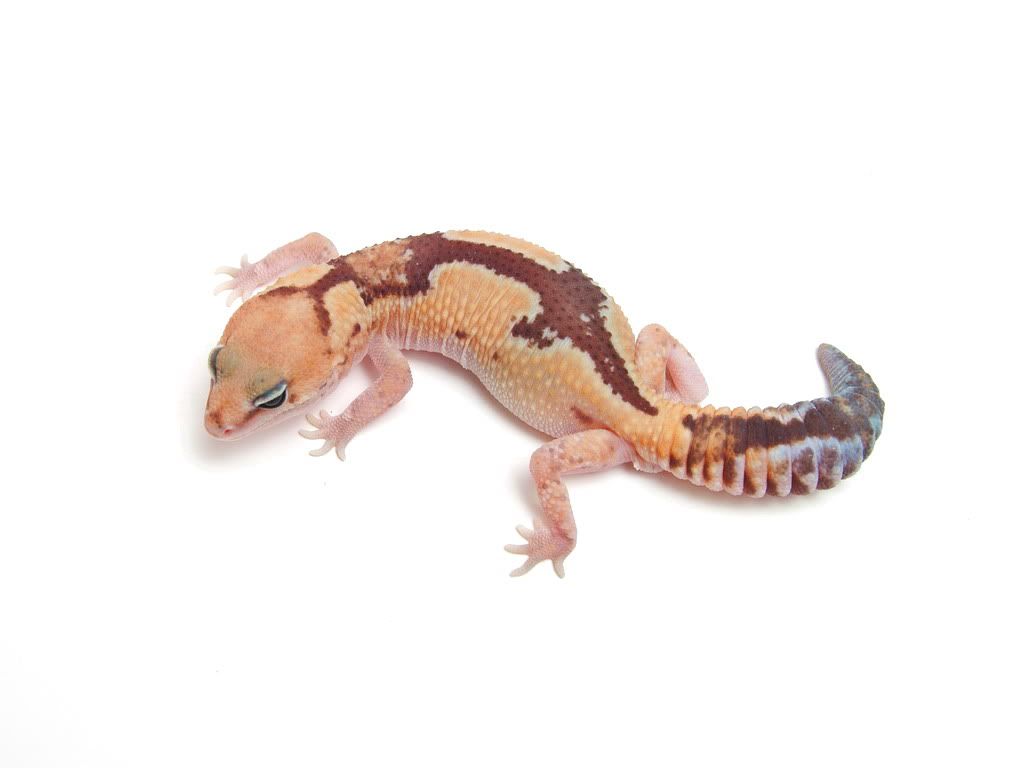
-Caramel Whiteout
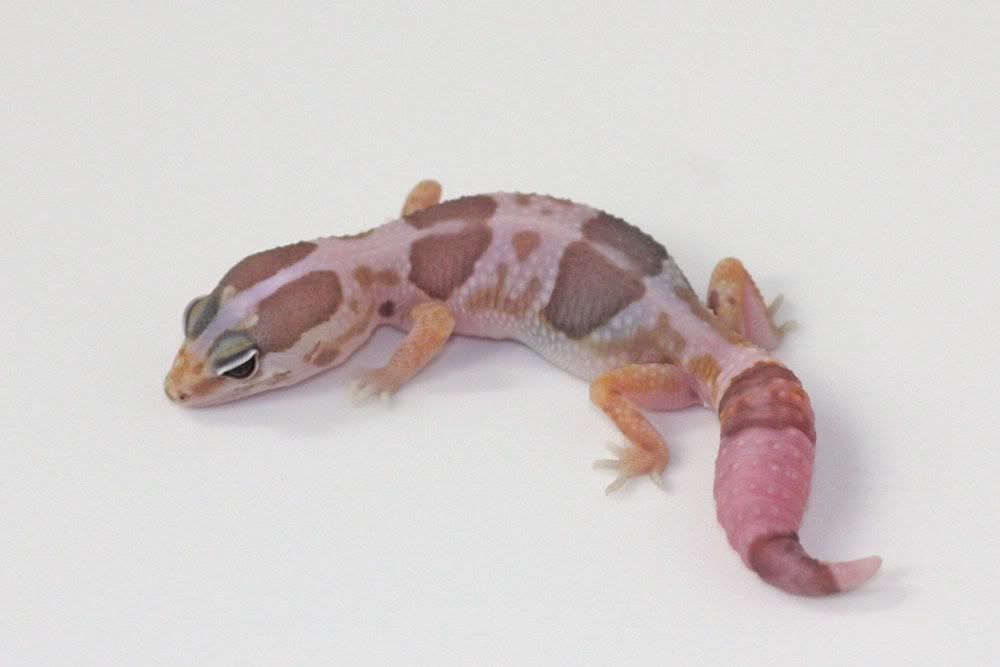
Last edited by blacktits; 05-26-2011 at 09:19 PM.
-
05-26-2011, 09:08 PM #3
 Re: African Fat Tailed Gecko Lovers
Re: African Fat Tailed Gecko Lovers
Heres my AFT his a normal thats is showing pinkish orangy bands, his name is Caramel, he is a male AFt i purchased mid March 2011
-When i picked him up
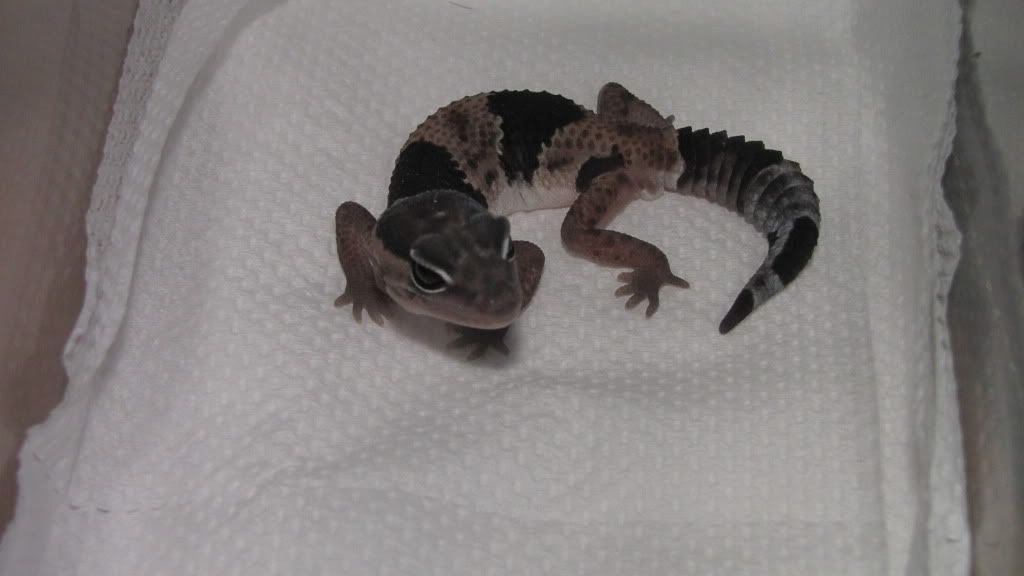
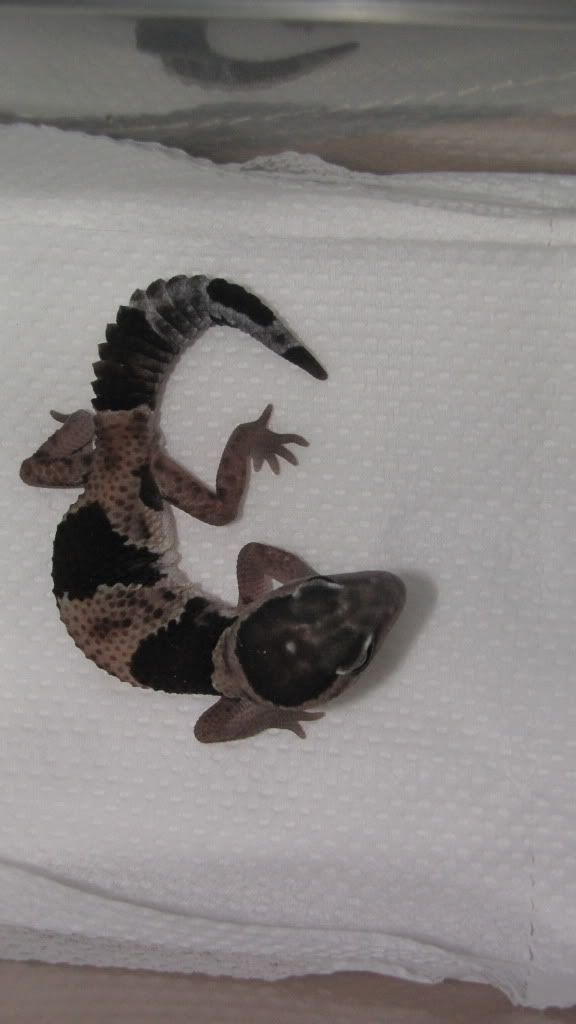
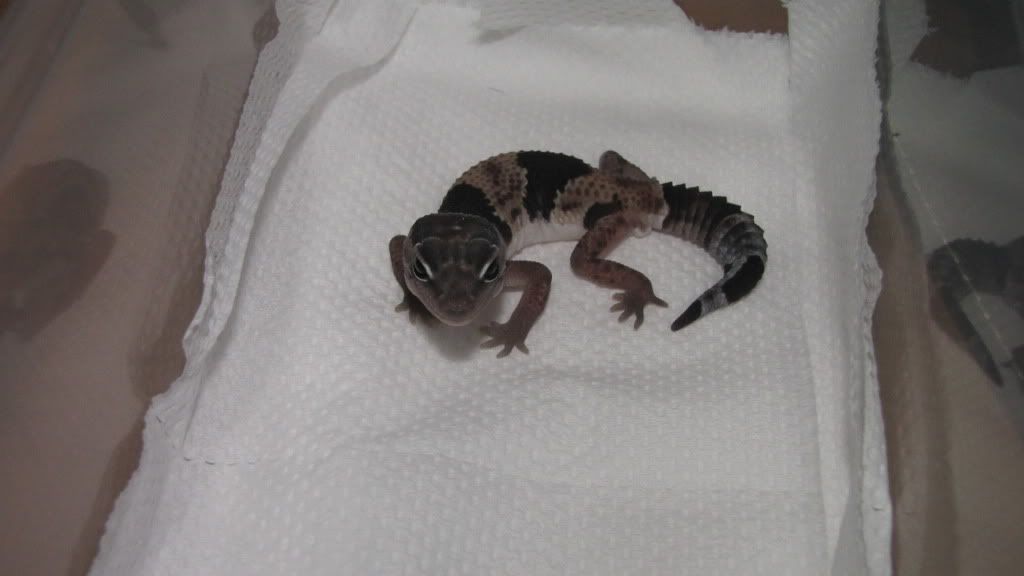
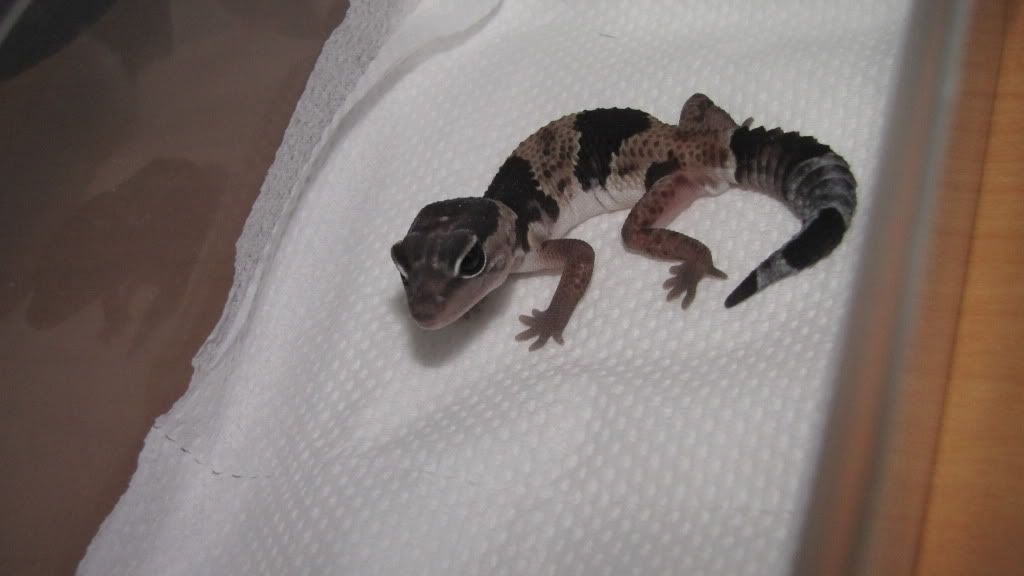
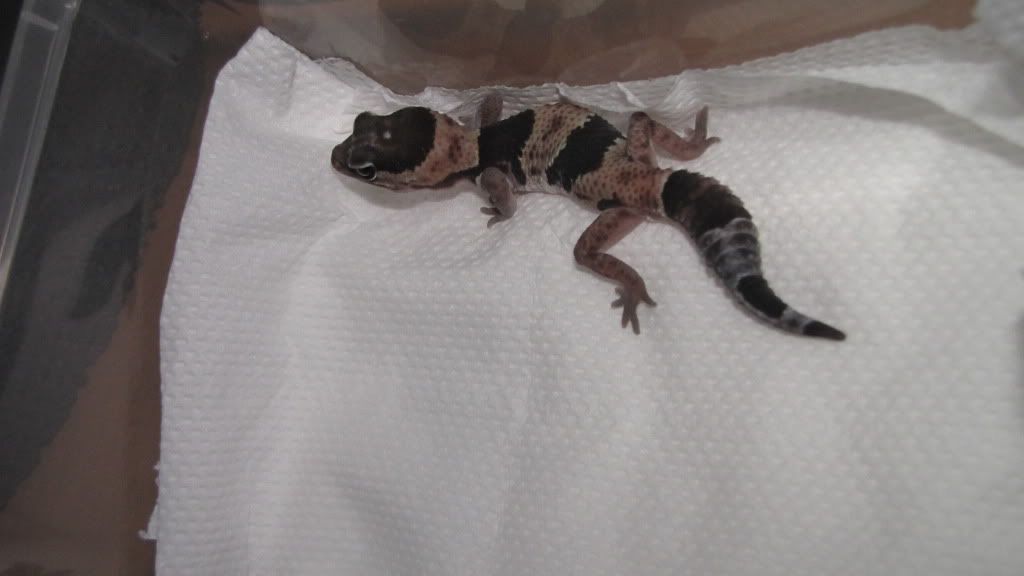
-His first Photo Shoot

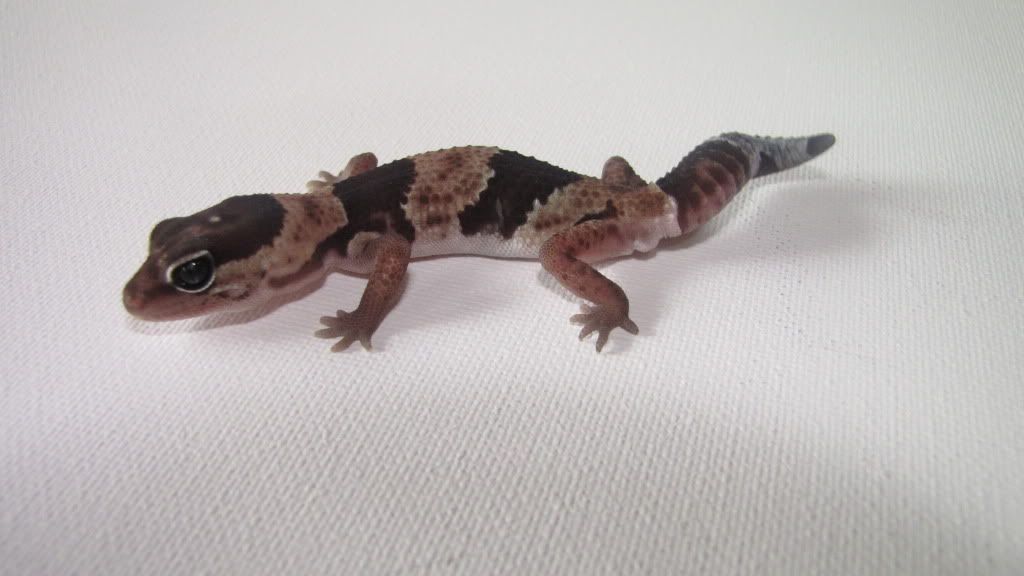
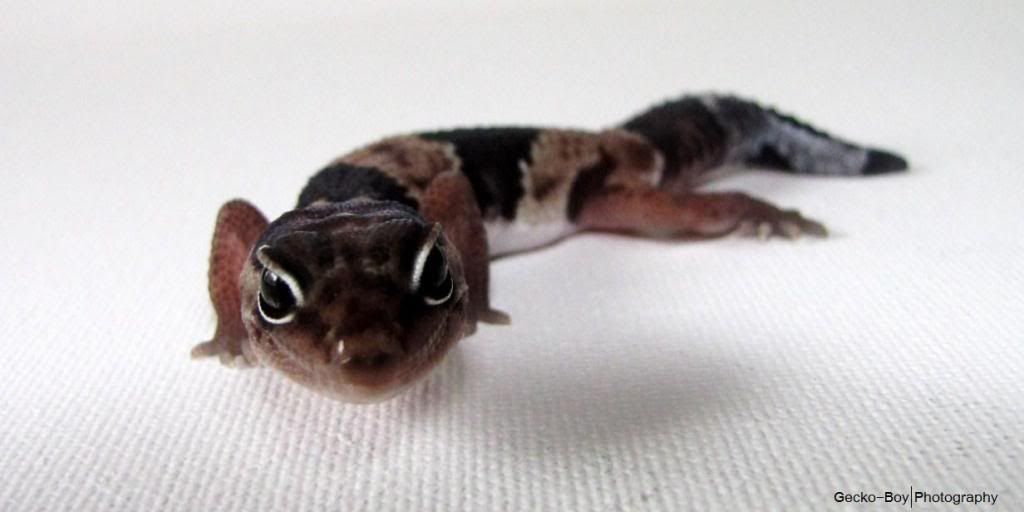
-
05-26-2011, 09:10 PM #4
 Re: African Fat Tailed Gecko Lovers
Re: African Fat Tailed Gecko Lovers
This is Caramel now
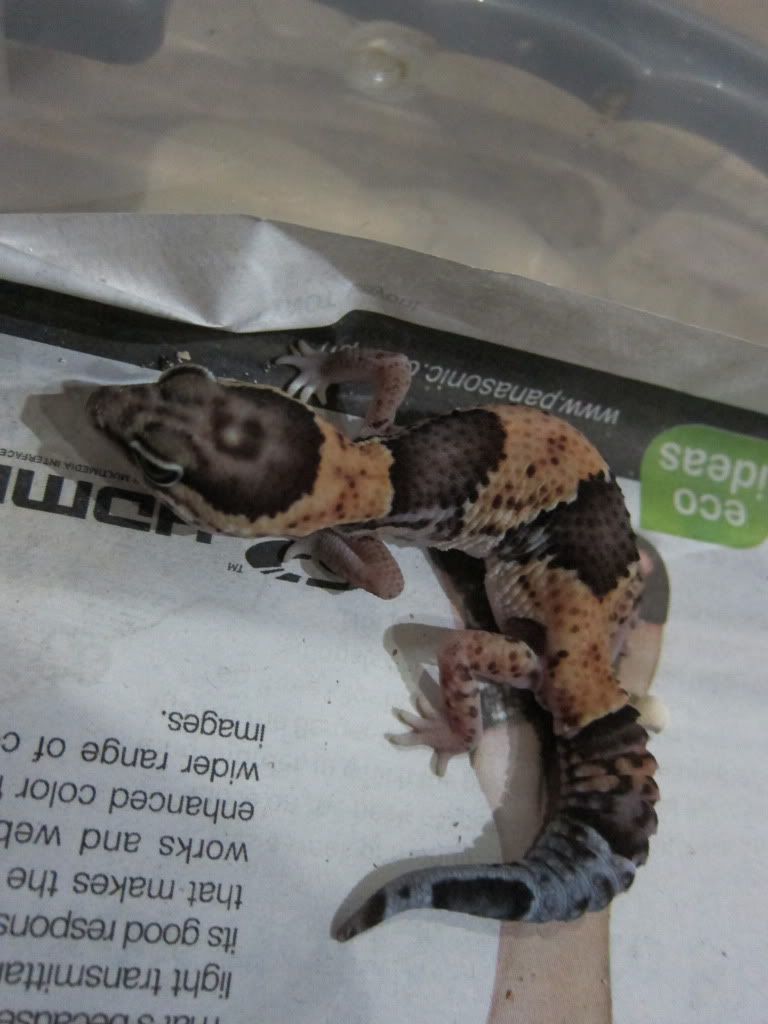
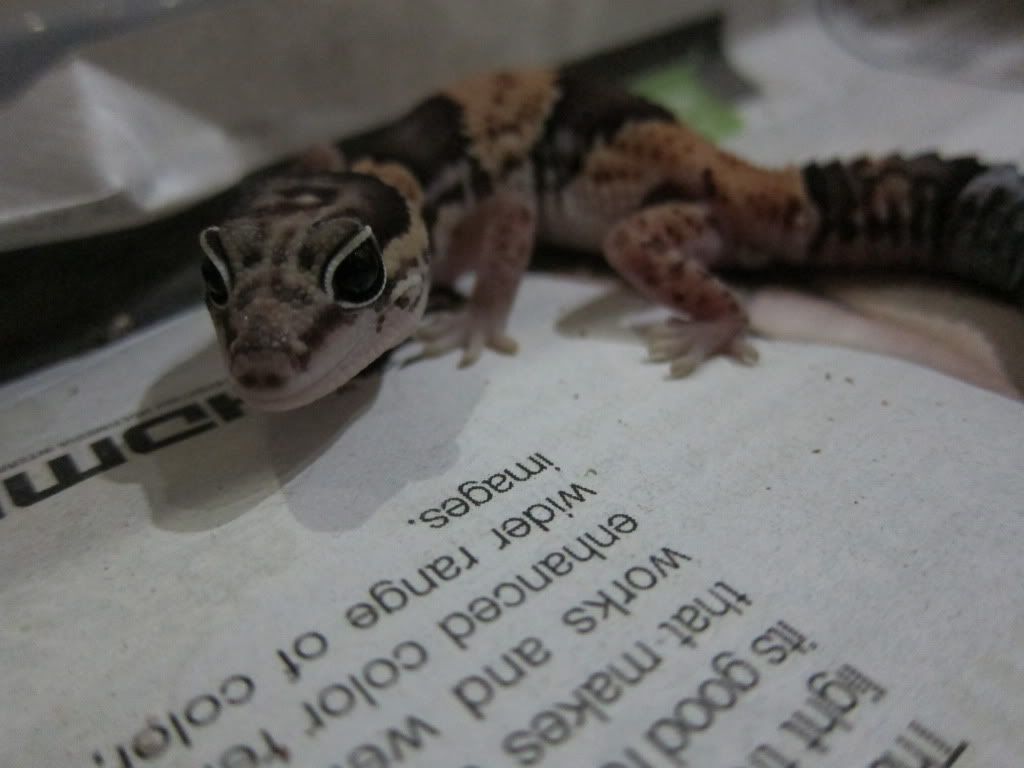
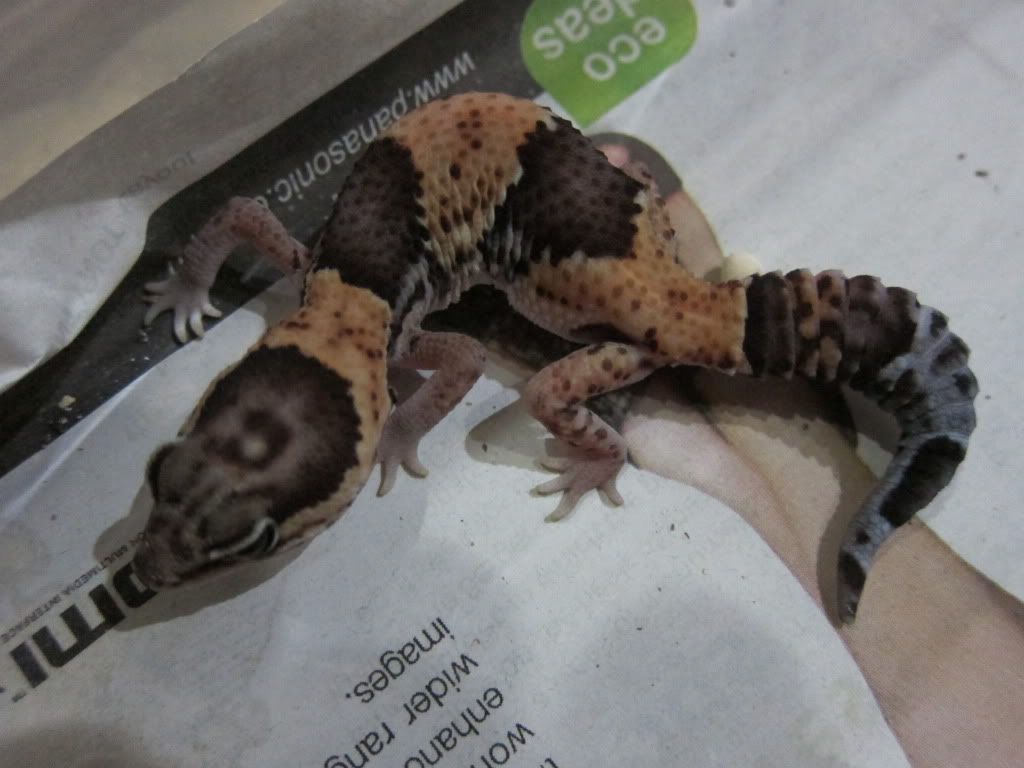
After Shed Pic
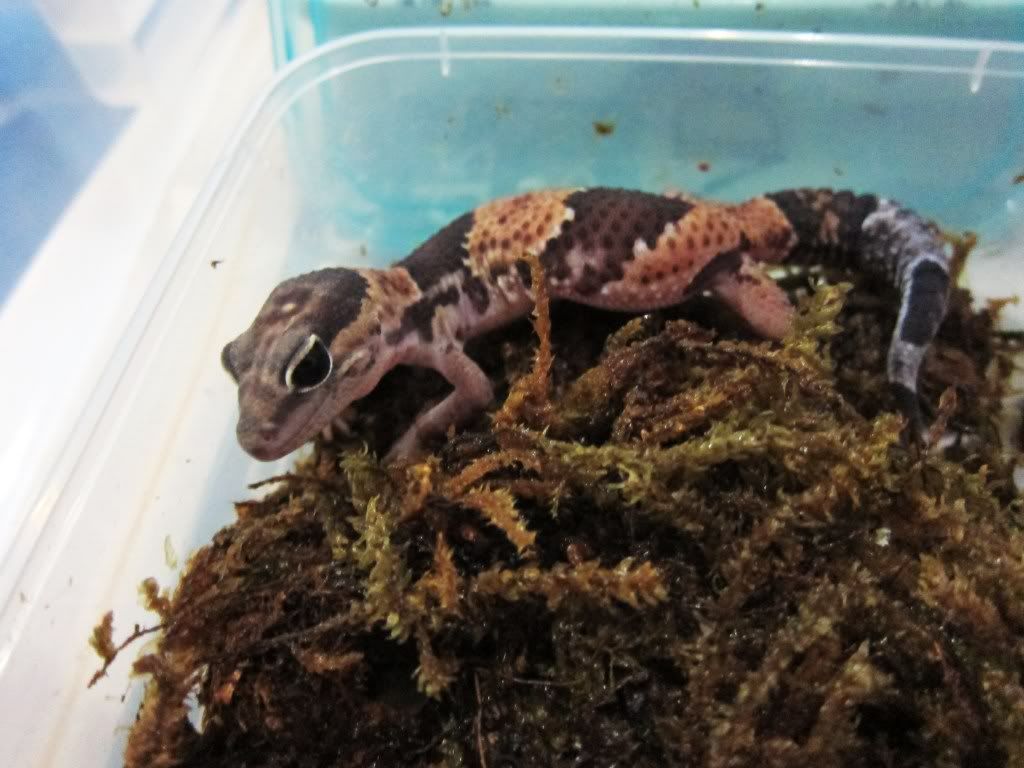
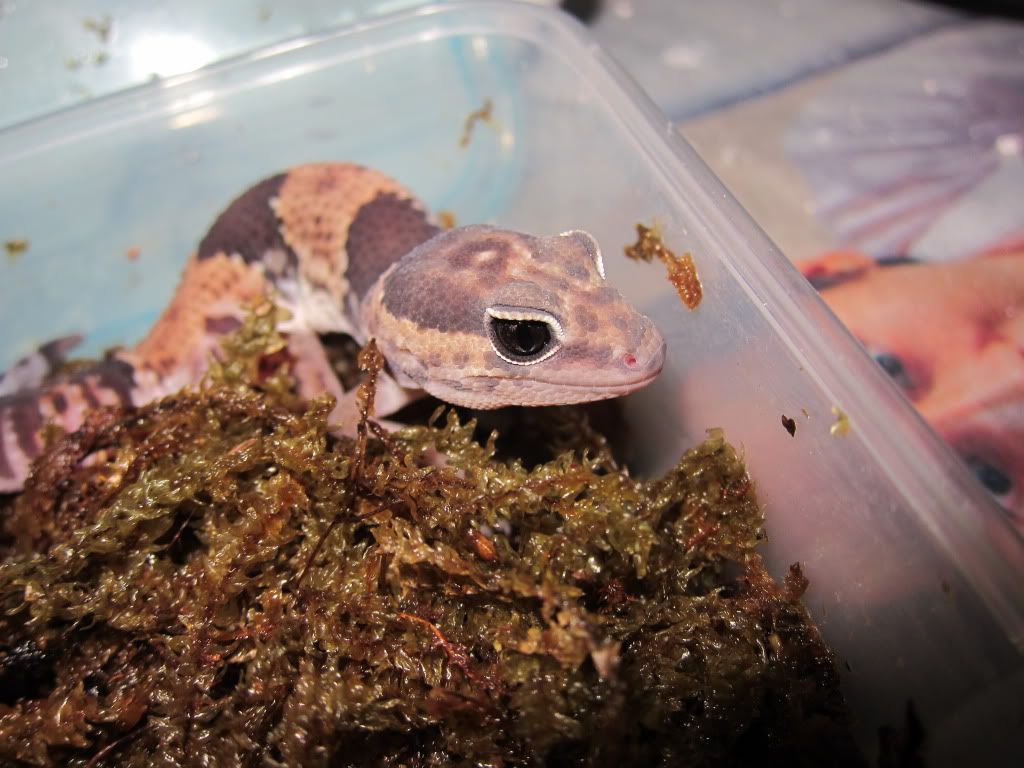
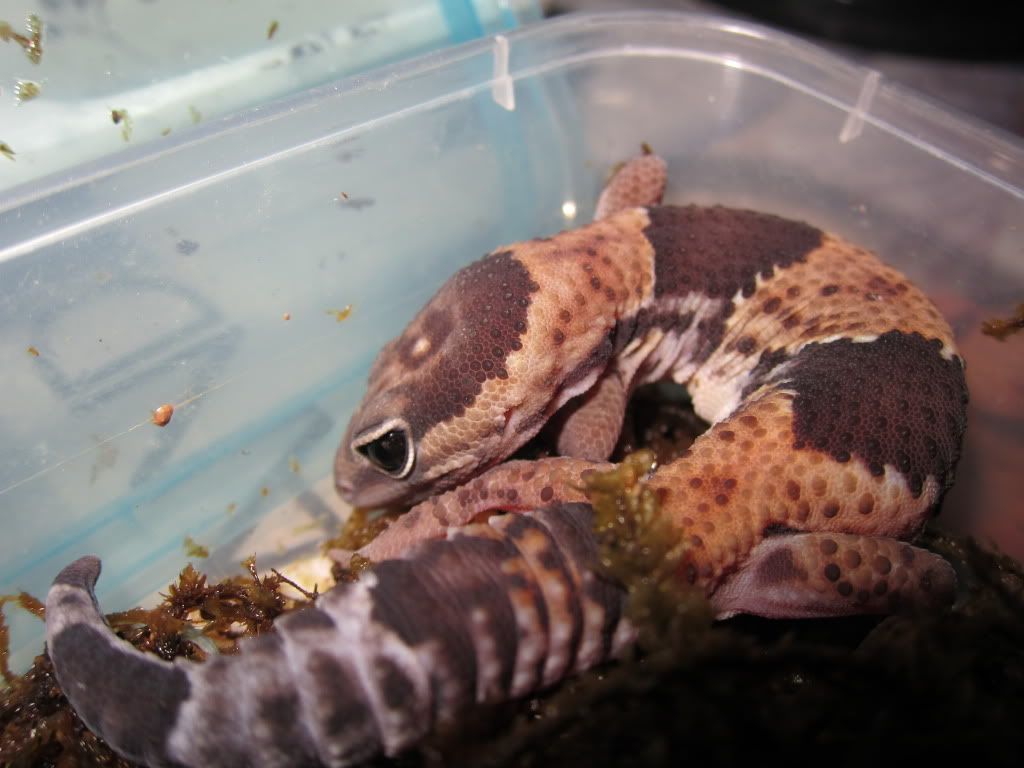
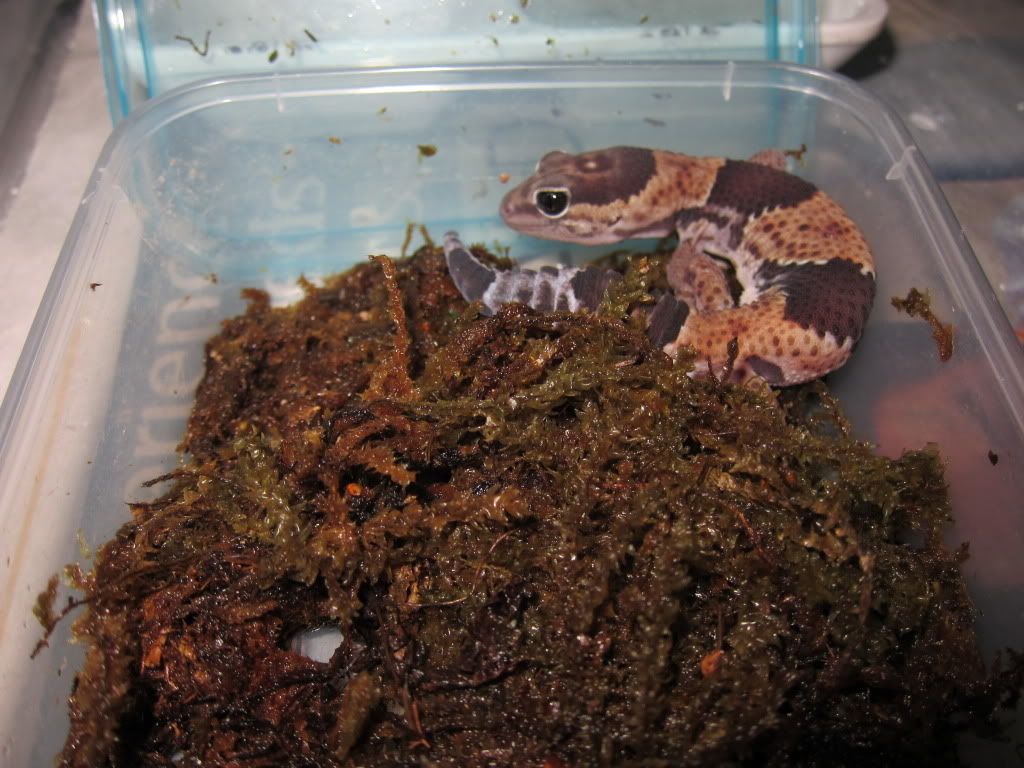
-
05-26-2011, 09:35 PM #5
 Re: African Fat Tailed Gecko Lovers
Re: African Fat Tailed Gecko Lovers
Humana nko ug post sa akong share post namo mga bros
-
05-26-2011, 09:58 PM #6
 Re: African Fat Tailed Gecko Lovers
Re: African Fat Tailed Gecko Lovers
haha wrag ikaw ra isa dre..haha
-
05-26-2011, 10:05 PM #7
 Re: African Fat Tailed Gecko Lovers
Re: African Fat Tailed Gecko Lovers
awwww.......bro murag naka dungog ko na naa daw pa lain aside from me and harvy im trying to put up this thread in order to convince ppl to get AFTs para managhan mi...hehehehe



naa pud ko kaila na mupalit ug AFT gkan manila, coming eya AFT ths week, pero e gamit ni niya sa iyang mga facilitiesLast edited by blacktits; 05-26-2011 at 10:14 PM.
-
05-26-2011, 10:12 PM #8
 Re: African Fat Tailed Gecko Lovers
Re: African Fat Tailed Gecko Lovers
wrag lisod man bro oi nihit au seller den ang presyo dli pang masa^^
-
05-26-2011, 10:15 PM #9
-
05-26-2011, 10:16 PM #10
Advertisement
Similar Threads |
|






 Reply With Quote
Reply With Quote

